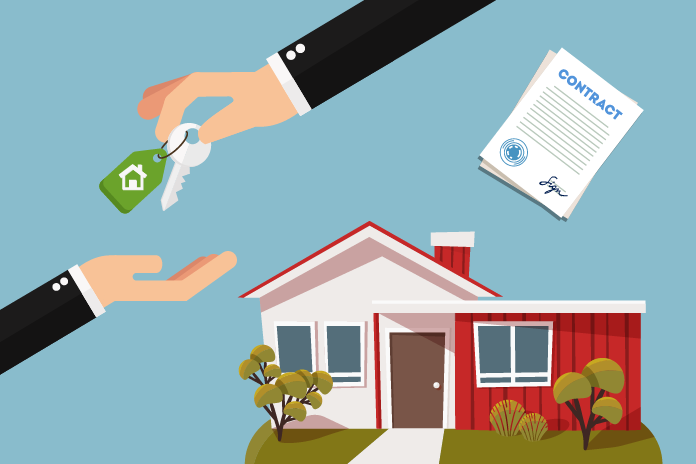A rental lease is a legally binding contract between the landlord and tenant. It outlines the conditions under which they are able to lease out their property to be used by another party. The most common type of rental lease defines the length of your stay be, what fees you are required to pay, the much notice you must give, and other important details. To ensure that you do not lose your possessions as a result of eviction, damages by others, or your property being occupied by a new owner, you should always get an agreement in writing from your landlord prior to moving in.
A rental lease agreement is intended to protect both parties. This agreement governs who can use the rental property and what amount each party is responsible for its upkeep.

It is important to read carefully the rental agreement before you sign it. If you come across something you aren’t sure about then ask your landlord explain the situation prior to signing.
There are three types of clauses found in a rental agreement:
1) Rent and payment terms
2.) The term, termination and renewal
3) Damage deposit
4) Utilities
Maintenance
Terms of Payment and Rent The amount that you must pay, the date on which it is due, and whether you agree to pay a deposit.
Actual rental term Lease length: How long the lease will run, the renewal conditions, and if there are any alternatives or opportunities for early termination by either party.
Changes in ownership: This section defines the procedure for your lease in the event that your landlord intends to sell their house or property.
Damage deposit: This is the amount you’ll have to be able to pay in the event there is damage to your property. Any deductions made from this deposit should also be stated in the agreement.
Utilities: Whether utilities are part of rent, or are an extra cost.
Maintenance: Are you responsible to maintain the lawn and cleaning out the pool? Is it your landlord’s expectation that you resolve any issues or delegate everything to them?
If you have a written rental lease agreement, you must always record a copy it with your town office. If you must demonstrate it in court, this will show that a rental agreement was in place.
It is important to keep track of the time period during which you must complete the document. Each town has its own protocol to determine how long the information to be in their records. Keep in mind that in the event of major changes to the terms of your rental lease, then you’ll need to file a new lease with the town.
If you want to learn more, click caution de loyer
Keep a copy your rental agreement safe. Make a list of all the important elements of your rental agreement and ensure that it is updated during your stay. This will ensure that you have proof to support any claim you make if something happens. It’s a good idea if you are able to take pictures of the building and any damage.
Since this document is a safeguard for both parties, you should keep in mind that your landlord may not be always willing to negotiate. If the situation gets heated and your landlord has agreed that some conditions can be altered (e.g. increasing rent prices or changing the amount of damage deposits), make sure to keep this list up-to-date. Note the changes to help you remember these changes when you renew your lease or lease another home. It could also give you the ability to negotiate.